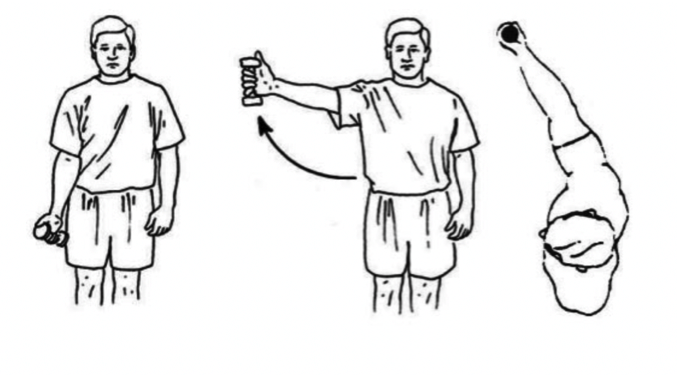Shoulder Pain Specialist
Shoulder pain can have a significant impact on a person_s comfort and quality of life. At ATX Orthopedics, located in Central Austin, Texas, Dr. Sean Gallagher offers comprehensive, multilayered care for shoulder pain and related symptoms.
Shoulder Q&A
What are the most common causes of shoulder pain?
Shoulder pain can be the results of an array of conditions, injuries, and illnesses. Some of the most common causes are:
- Arthritis
- Rotator cuff injuries
- Strained muscles or torn ligaments
- Unstable joint or persistent dislocation
- Adhesive capsulitis, or frozen shoulder
- Bursitis, or swelling of small, fluid-filled sacs know as bursa
- Impingement, which occurs when tendons become compressed and trapped
Some forms of shoulder discomfort can be the result of slip-and-fall accidents, sport-related injuries, auto accidents, or additional types of accidents. Other painful symptoms can develop because of overuse injuries or repetitive motion, heavy lifting, age-related wear and tear, or even incorrect posture.
How is shoulder pain diagnosed?
At the practice, the doctor uses a series of active and passive range-of-motion exercises to determine the cause of many types of shoulder pain. When pain has a sudden onset such as following an accident, x-rays are usually taken to rule out fractures or located other injuries. Patients will also be asked to describe their symptoms, including weakness in the hand or arm, pain radiating into the arm or neck, discomfort or throbbing in the shoulder when sleeping or at rest, or a grinding or _catching_ sensation when the shoulder is moving. This can help the doctor to determine the cause so the most beneficial treatment can be used.
How is shoulder pain treated?
Many structures control how the shoulder joint moves and functions. Depending on which structures are involved as well as the symptoms being experienced, the patient’s general health and additional factors, treatment will vary and be matched to the exact cause of pain. Treatment options often include active and passive exercises, soft tissue manipulation and stretching techniques to help lessen swelling, release tension, and restore functioning. In some instances, massage and exercises can also incorporate the neck and upper back, and even the lower back or hips if a postural issue is at play. When the problem is especially severe, surgery can be used to replace the joint. However, this is usually reserved for when other treatments haven’t worked.

